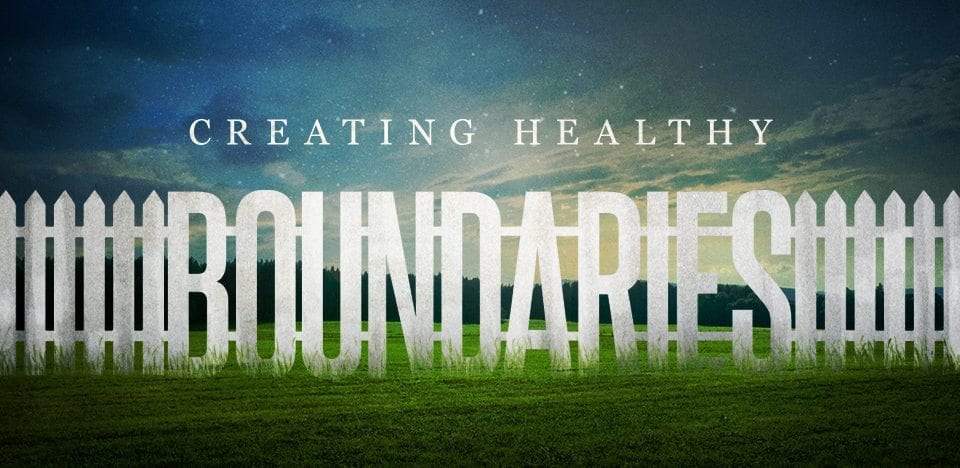Recovery from addiction involves the entire family. An important component to this involves defining and setting boundaries. Setting a boundary is a life skill, not a quick fix to a problem in a relationship. This life skill has been made popular by self-help and support groups. If you’ve ever experienced therapy, you’ll more than likely be familiar with the term “boundary.” It’s a concept widely used in the field of counselling.
A boundary can be described as what you believe you do or don’t deserve. It’s communicating personal values while protecting those values from being compromised or violated. Identifying your boundaries puts you in touch with who you really are. Essentially, it’s defining yourself in a healthy way.
Boundaries communicate self-worth – “I am worth it!” We teach people how to treat us. We all deserve to be treated with respect and dignity. But, if you don’t believe this, you’ll probably find yourself in unhealthy relationships with individuals who take advantage of you, and may even emotionally abuse you, versus relationships with people who respect you, your convictions and treat you in a loving manner. Boundaries are an effective skill to apply when you’re in a controlling relationship or in a relationship where the other person isn’t taking responsibility for their own life and it’s negatively impacting you and your life.
When setting a boundary, you define or establish your convictions, beliefs and/or values. In other words, clearly identify what your limit is with the other person. Only then can you assertively communicate what it is. Do this in a calm, clear, concise, firm, and respectful manner, without anger. Choose your words – do it in as few words as possible. Finally, have a plan of action that supports your boundary, in the event that the other person doesn’t respect your boundary and ends up violating it. Ask yourself, “What will I do if this person crosses my boundary?” It’s not about what you will do to that person, but rather what will you do for yourself. What will the consequence be? Keep in mind, the only thing we can control is ourselves – our actions and reactions.
Setting a boundary involves taking responsibility for your thoughts, feelings and behaviours. Only set a boundary that you are comfortable with. If you’re going to set a boundary, you have to be willing to follow through with the consequence (your plan of action). Otherwise, it no longer makes it a boundary, but instead, simply a threat. Recognize that you’re not trying to take care of the other person’s feelings because the reality may be that the person on the receiving end may not like what you are putting in place. But that being said, you need to protect yourself and your boundaries because no one else will!
There are different boundaries – emotional, intellectual, spiritual and physical. An emotional boundary involves feelings. Feelings need to be respected and validated. An intellectual boundary includes thoughts and perceptions. Everyone is entitled to their own perceptions; just because someone’s perception is different to yours doesn’t mean it’s wrong. Thoughts and perceptions need to be heard, but not necessarily agreed with. Spiritual boundary is the right to one’s own belief system. This may or may not be religious. Physical boundaries refer to our own personal space and touch.
Our relationships are most healthy when emotional, intellectual, spiritual and physical boundaries are defined and respected. Strong, healthy boundaries come from having a good sense of your own sense of self-worth. It’s a major step in taking control of how you will allow others to treat you. The benefit is self-empowerment!



